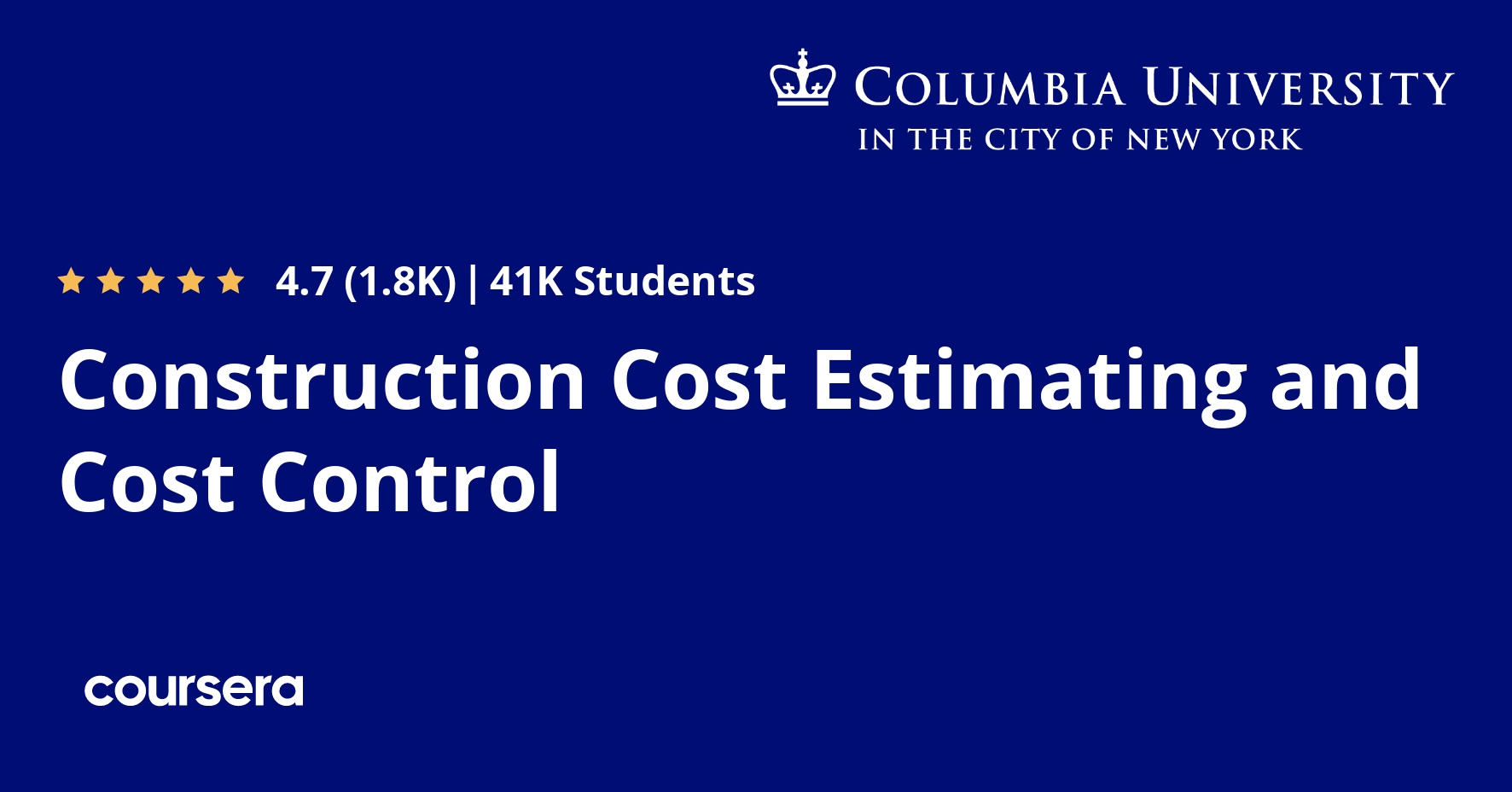Description
Internet of things (IoT) has become a significant component of urban life, giving rise to “smart cities.” These smart cities aim to transform present-day urban conglomerates into citizen-friendly and environmentally sustainable living spaces. The digital infrastructure of smart cities generates a huge amount of data that could help us better understand operations and other significant aspects of city life.
In this course, you will become aware of various data mining and machine learning techniques and the various dataset on which they can be applied. You will learn how to implement data mining in Python and interpret the results to extract actionable knowledge. The course includes hands-on experiments using various real-life datasets to enable you to experiment on your domain-related novel datasets. You will use Python 3 programming language to read and preprocess the data and then implement various data mining tasks on the cleaned data to obtain desired results. Subsequently, you will visualize the results for the most efficient description.
What you will learn
Getting Started with the Course
This module provides an overview of the course content and structure. In this module, you will learn about the different course elements. In this module, you will get acquainted with your instructor and get an opportunity to introduce yourself and interact with your peers.
M1: Introduction to Data Mining for Smart Cities
In this module, you will learn about data mining, why we need it, and the approach. The module also presents the basics of probability and statistics, which form the foundation for data mining. You will also gain insight into data preprocessing and data mining task identification.
M2: Introduction to Python Programming for Data Mining
In this module, you will learn about Python programming for data mining. The module also discusses important Python modules: NumPy , SciPy, and Matplotlib. You will learn to install Python using Anaconda and use the Jupyter notebook to write your code. The module also presents some examples demonstrating data preprocessing using Python.
M3: Supervised Learning
In this module, you will learn about supervised learning (learning from examples). The module discusses two supervised learning tasks: regression and classification. You will also gain insights into several classification algorithms such as Bayesian classifiers, decision trees, support vector machines (SVM), and ensemble classifiers.
M4: Unsupervised Learning
In this module, you will learn about unsupervised learning (learning from unlabelled data without any ground truth labels). The module also discusses frequent itemset mining. You will also gain an insight into several data clustering algorithms such as distribution-based, partitional, and hierarchical clustering.






